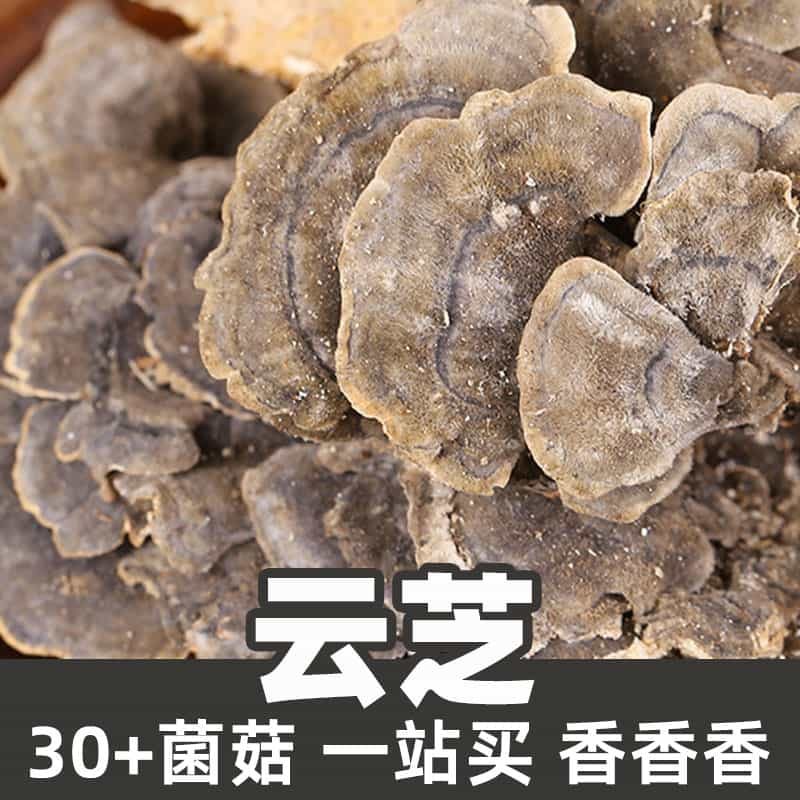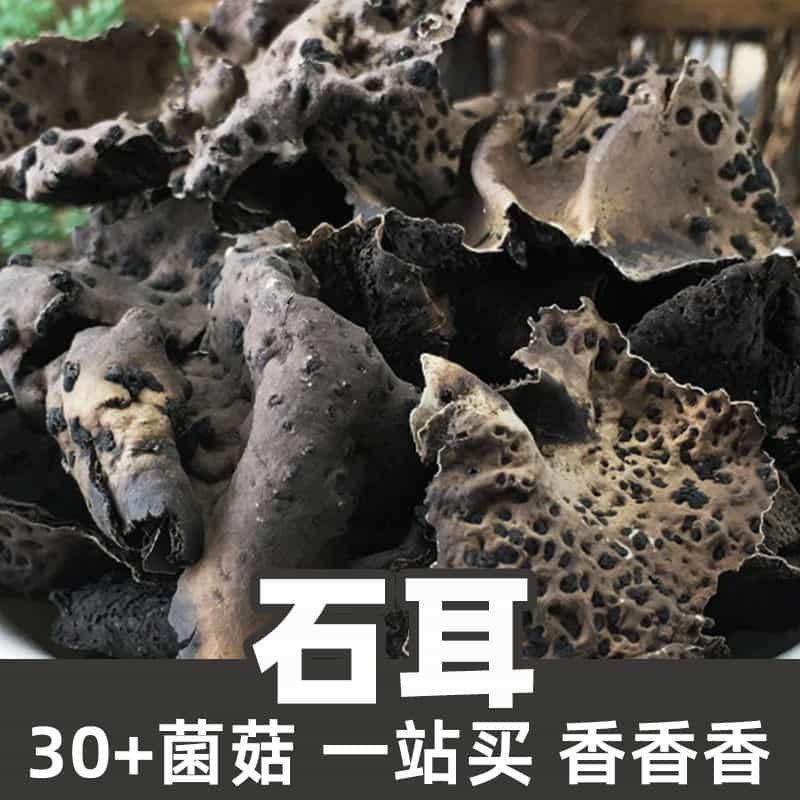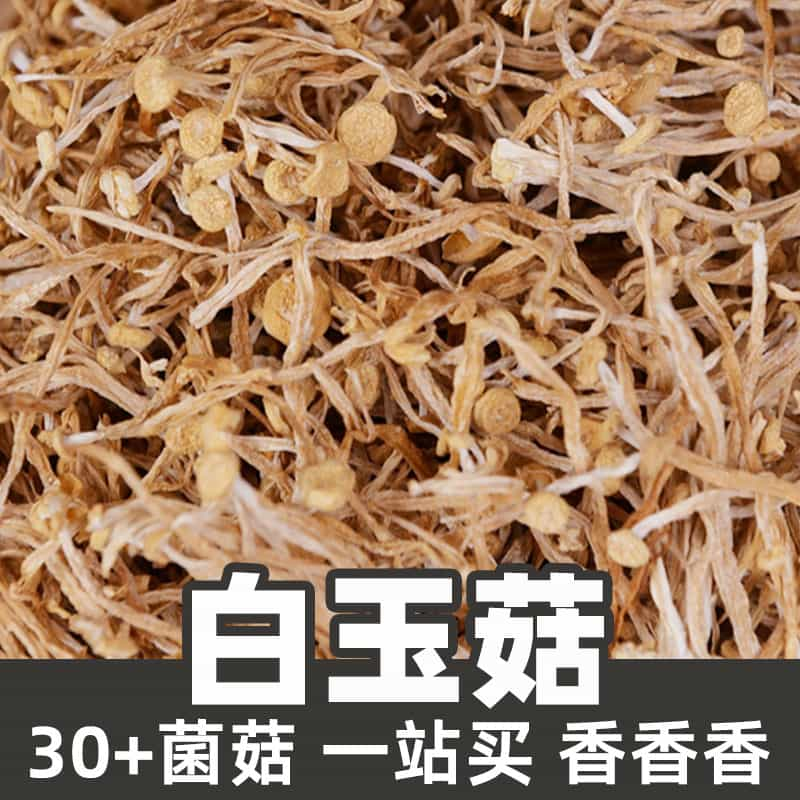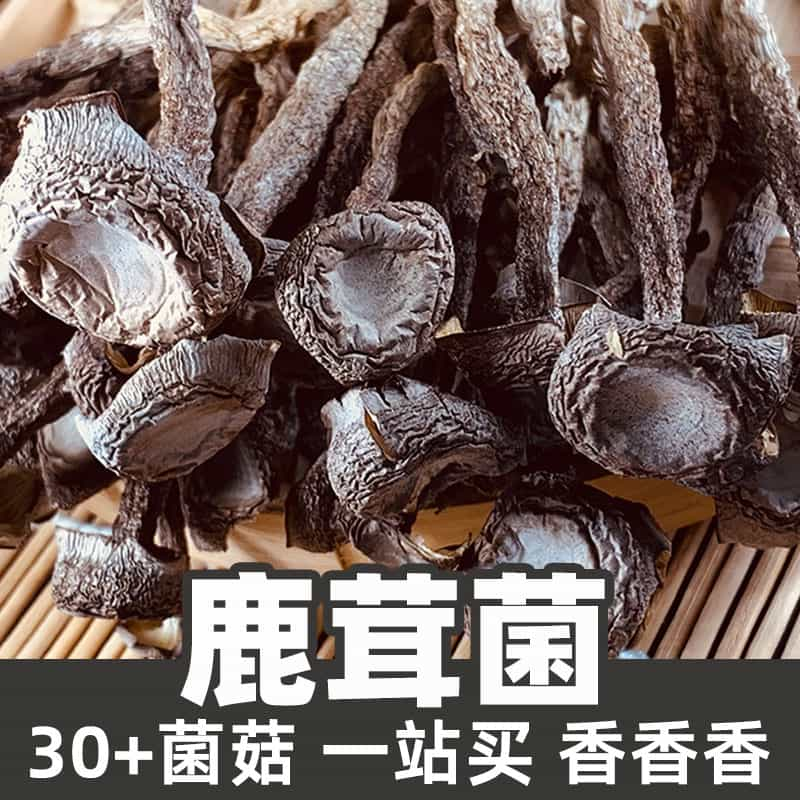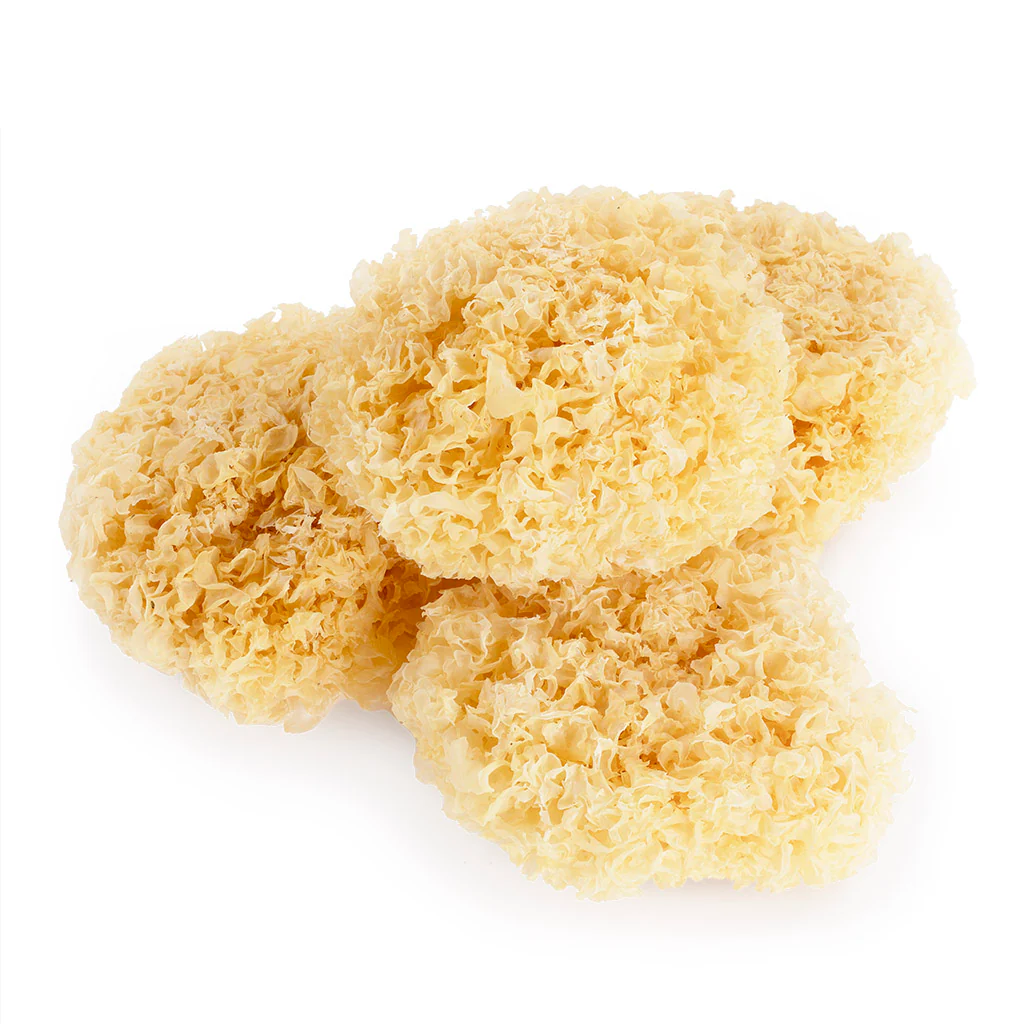Product Introduction
Flammulina enoki, also known as enoki mushrooms, has gained popularity not only for its unique appearance but also for its culinary versatility and nutritional benefits. This edible fungus thrives in decaying wood, leading to its common presence in forested areas. Characterized by a long, thin stem and small, delicate caps, enoki is often found in clusters, giving it a visually appealing presence in various dishes. In Asian cuisine, particularly in Japanese and Korean cooking, enoki mushrooms are used extensively in soups, salads, and stir-fries due to their mild flavor and crisp texture. Beyond their culinary uses, enoki mushrooms are also recognized for their potential health benefits, including immune system support and antioxidant properties, thanks to the presence of bioactive compounds. The nutritional profile of Flammulina enoki is rich in essential nutrients, making it a valuable addition to a balanced diet. The easy availability of this mushroom in various forms—fresh, dried, or canned—has contributed to its widespread use in households and food establishments alike.
Nutritional Composition
Flammulina enoki offers a broad spectrum of key active ingredients and functional compounds that enhance its value as a food source. Chief among these are polysaccharides, particularly beta-glucans, which are known for their immune-modulating effects and role in promoting gut health. The mushroom also contains essential amino acids, which are crucial for protein synthesis, as well as vitamins such as B vitamins (B1, B2, and B3) that play roles in metabolism and energy production. In addition to these, enoki mushrooms are a source of minerals like potassium, which supports cardiovascular health, and copper, essential for iron metabolism. Antioxidants found in the mushroom, including ergothioneine and glutathione, can help combat oxidative stress in the body. Furthermore, enoki mushrooms are low in calories and high in dietary fiber, contributing to satiety and digestive health. Overall, the nutritional composition of Flammulina enoki makes it a practical choice for those looking to enhance their diet with natural, health-promoting foods.
Application Scenarios
Flammulina enoki is utilized in various culinary applications, predominantly found in East Asian cuisine. It is often added to miso soup or incorporated into ramen, where its delicate texture and mild taste enhance the overall dish. Additionally, enoki mushrooms are commonly used in salads, providing a crunchy contrast to leafy greens and sauces. They may also be featured in stir-fries, paired with vegetables and proteins to create a satisfying meal. Beyond traditional usage, enoki mushrooms can be blended into sauces, pasta, or served as a garnish due to their appealing aesthetic. The health benefits associated with Flammulina enoki have also led to its incorporation into nutritional supplements and functional foods, focusing on immune support and general wellness. Furthermore, with an increasing interest in plant-based diets, enoki mushrooms are being sought after as a meat substitute in various dishes, allowing users to enjoy their savory flavors without animal products.
Growth Environment and Geographic Distribution
Flammulina enoki thrives in a specific environment that supports its growth, predominantly on decaying hardwood, including species like beech and oak. The mushroom typically appears in late autumn and through winter, taking advantage of cooler temperatures. Its growth pattern is often seen in clusters, buoyed by the decomposition process of the wood it colonizes. Enoki mushrooms are found in temperate regions around the world, particularly in East Asia, with notable populations in Japan, Korea, and China. In these countries, the climatic conditions and availability of suitable wood substrates facilitate natural growth. While enoki is harvested from the wild, significant commercial cultivation has also developed, especially in controlled greenhouse environments, which allows for year-round availability. As cultivation techniques improve, various regions, including North America and Europe, have started to see an increase in enoki production, expanding its geographic distribution.
Harvesting, Processing, and Storage
The process of harvesting Flammulina enoki is typically done delicately to ensure the integrity of the mushrooms, which grow in clusters on decaying wood. Harvesting usually takes place during cooler months to match their natural growth cycle. After collection, enoki mushrooms undergo careful handling to maintain quality. Post-harvest, they are often cleaned to remove any debris and then packaged for sale. Modern techniques may involve vacuum sealing or refrigeration to extend shelf life and enhance freshness. When it comes to processing, enoki mushrooms can be dried or canned for preservation, allowing for portability and longer use. Fresh enoki can be stored in a cool, dry place but is best kept in the refrigerator in a paper or cloth bag to wick away moisture, thus minimizing spoilage. Properly stored, fresh enoki can retain its quality for up to one week, while dried versions can last much longer if kept in an airtight container away from light and moisture. Understanding these methods helps consumers make informed choices about storage and preparation, ensuring they enjoy the full benefits of this unique mushroom.
Monica Sun is a seasoned expert in the natural raw materials industry, with over a decade of experience specializing in traditional Chinese medicinal herbs, spices, and fungi. She is skilled in the sourcing, processing, and application of these materials, emphasizing sustainability and innovation. Monica Sun has contributed to the development of high-quality natural raw materials that serve as essential components in functional foods, pharmaceuticals, and cosmetics, delivering tailored solutions to meet diverse market needs.








